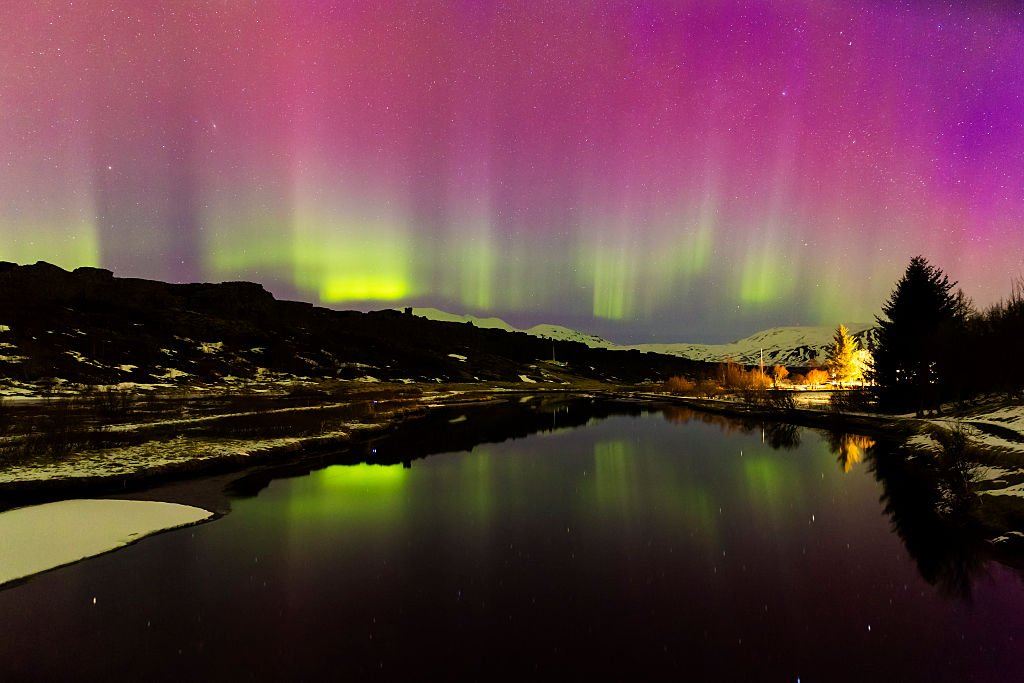Solar Superstorm might change our way of living
Solar superstorm is on its way. The solar wind is a mist of magnetized particles that the Sun constantly showers on Earth. Our planet’s magnetic barrier, for the most part, prevents this electric wind from causing serious harm to Earth or its inhabitants, instead of sending the particles skittering toward the poles and leaving a pleasant aurora in its wake. But every century or so, that wind becomes a full-fledged solar storm, and the consequences, as a new study presented at the SIGCOMM 2021 data communication conference warns, might be catastrophic to our current way of life.
Sangeetha Abdu Jyothi, an assistant professor at the University of California, Irvine, warned in a new research study that a strong solar storm may plunge the world into an “internet apocalypse” that would keep vast sections of society offline for weeks or months at a time. (The paper has yet to be accepted for publication in a peer-reviewed journal.) “What got me thinking about this was how unprepared the world was in the event of a pandemic. There was no effective mechanism to cope with it, and the same is true of internet resilience “Abdu Jyothi addressed WIRED. “We don’t have the infrastructure in place to handle a large-scale solar event.”
According to Abdu Jyothi’s study, extreme solar storms (also known as coronal mass ejections) are very rare; experts believe that the probability of extreme space weather directly striking Earth is between 1.6 and 12 percent per decade. Only two such storms have been reported in modern history, one in 1859 and the other in 1921. The Carrington Event caused such a strong geomagnetic disturbance on Earth that telegraph wires caught fire and auroras – which are usually only visible at the planet’s poles – were seen near-equatorial Colombia. Smaller storms can also be devastating; in March 1989, a storm blacked out the entire province of Quebec in Canada for nine hours.

Why we Should be Worried
Since then, human civilization has become far more reliant on the worldwide internet, and the effects of a huge geomagnetic storm on this new infrastructure have largely gone unstudied, according to Abdu Jyothi. In her new article, she attempted to pinpoint the infrastructure’s most serious flaws. The good news is that, according to the report, local and regional internet connections are unlikely to be harmed because fiber-optic cables are not impacted by geomagnetically induced currents.
Long undersea internet cables that connect continents, on the other hand, are a different issue. These cables have repeaters to amplify the optical signal, which is located at 30 to 90-mile intervals (50 to 150 kilometers). According to the report, these repeaters are vulnerable to geomagnetic currents, and even one repeater going offline might render entire cables worthless. According to Abdu Jyothi, if enough undersea cables break in a given place, entire continents could be cut off from one another. Furthermore, countries at high latitudes, such as the United States and the United Kingdom, are significantly more vulnerable to solar weather than countries at lower latitudes.
High-latitude countries are most likely to be cut off from the network initially in the case of a major geomagnetic storm. It’s difficult to say how long undersea infrastructure would take to rebuild, but Abdu Jyothi believes that large-scale internet disruptions lasting weeks or months are likely. Millions of people could lose their jobs in the interim.
In her research, Abdu Jyothi stated, “The economic cost of an Internet disruption for a day in the United States is anticipated to be over $7 billion.” “What if the network is down for days, weeks, or even months?” If we don’t want to find out, grid operators must begin to consider the potential of extreme solar weather as the global internet infrastructure grows. More cables at lower latitudes are a good start, as is implementing resilience testing that focuses on the effects of large-scale network outages, according to Abdu Jyothi.
People on Earth will have just 13 hours to prepare for the next great solar storm when it erupts from our star, she noted. Let’s hope we’ll be prepared to make the most of that moment when it comes.

1 Comment
Pingback: ESA captures stunning aurora produced by a recent solar storm - Craffic